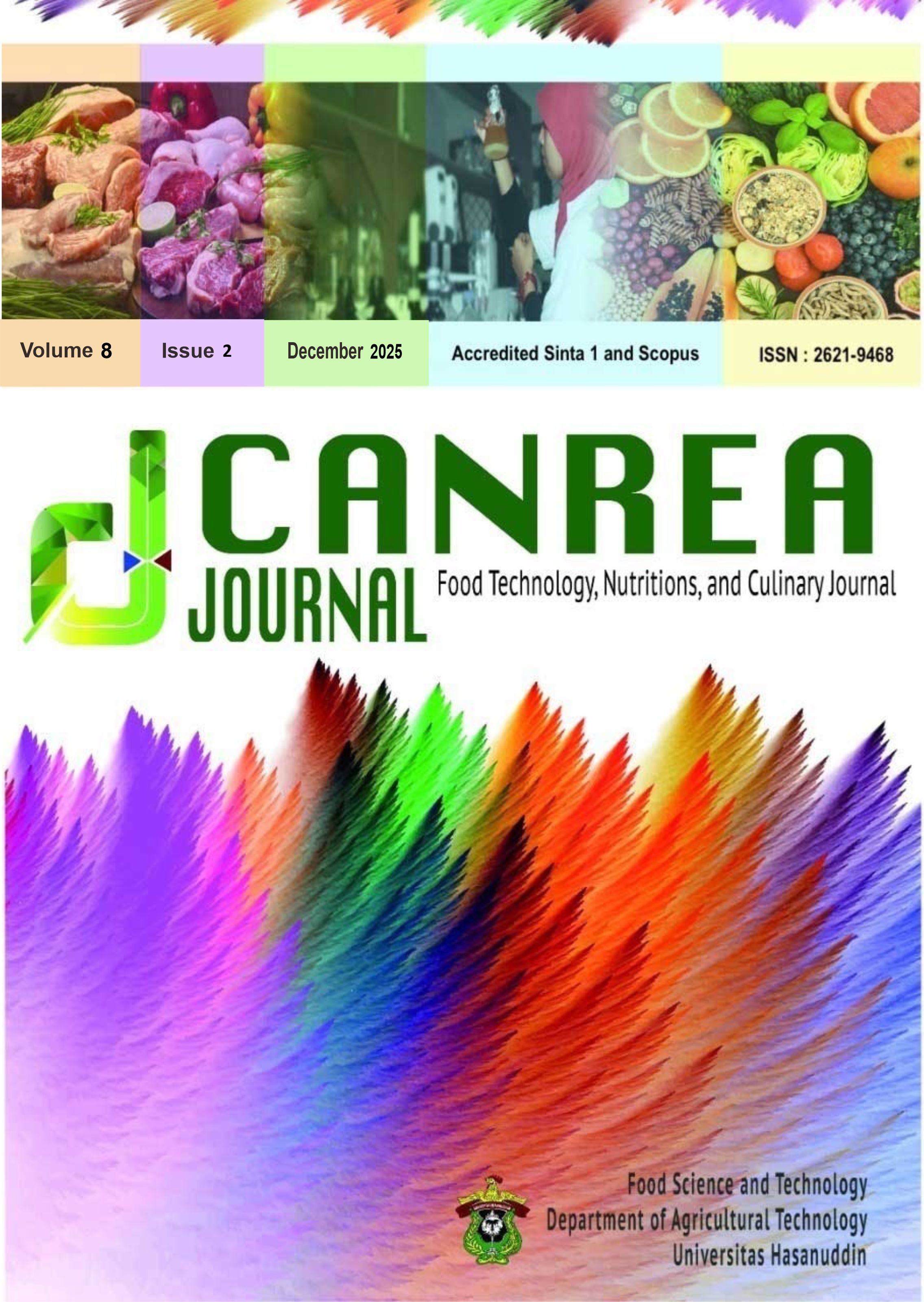Abstract
Sorghum crystal sugar has the potential as an alternative healthy sugar with low-glycemic index that can be consumed by diabetics or dieters. This study aimed to characterize the physicochemical and sensory properties of sorghum sugar based on consumer preferences. Three samples of sorghum crystal sugar from producers with health department licenses and halal certification for physicochemical and sensory analysis. The physicochemical results showed that the three sorghum sugar products have higher moisture content, ash content, and reducing sugars but lower sucrose and pH solution compared to commercial sucrose. The relative sweetness levels of samples 983, 782, and 661 compared to a 7.50% sucrose reference solution were 0.95, 0.92, and 0.91 using the magnitude estimation method. Sensory profiling was conducted using the Check-All-That-Apply (CATA) and Rate-All-That-Apply (RATA) methods. The CATA results indicated that the panelists perceived sorghum sugar to have sensory attributes such as sweet taste, sweet aroma, sweet aftertaste, and burned caramel. Sample 983 was the closest to the ideal sorghum crystal sugar, and there was no significant correlation between sensory attributes and panelists preferences at the 5% significance level. In the development of sorghum crystal sugar, undesirable sensory attributes include burnt scorched, bitter, sticky, amber, wet earthy, and burnt sugar aftertaste. Sample 983 was the most preferred among the three samples, with a liking score of 4.06 and a profile of sweet aroma, gritty, and sweet aftertaste. Sample 782, with a liking score of 3.76, was characterized by attributes such as wet earthy, burned caramel, burnt sugar aftertaste, amber, and sweet aroma. Meanwhile, sample 661 received the lowest liking score of 3.52, with sensory attributes of bitter, burnt scorched, sour fermented, bitter aftertaste, cereal, and sticky.

This work is licensed under a Creative Commons Attribution 4.0 International License.
Copyright (c) 2025 Canrea Journal: Food Technology, Nutritions, and Culinary Journal

